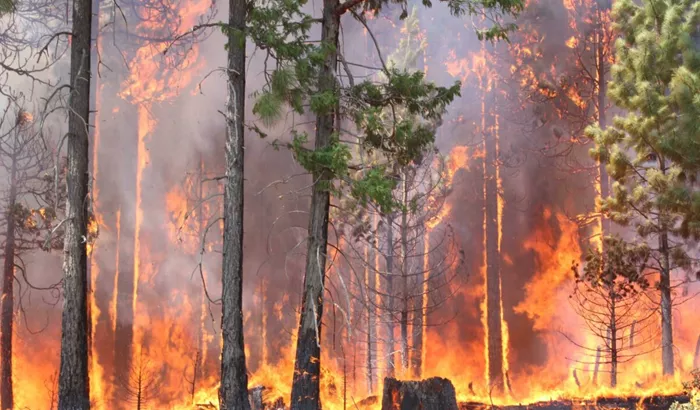Wildfires have a profound effect on plant life, with both positive and negative consequences depending on their intensity, frequency, and the ecosystems involved, according to Robert Scheller, a professor of forestry and environmental resources at NC State.
Wildfires can serve as a natural process to rejuvenate landscapes by releasing nutrients trapped in vegetation. The ash left behind after a fire is rich in nitrogen and other essential elements, providing a natural fertilizer that promotes new plant growth. However, they can also pave the way for invasive species to dominate, especially in areas where native plants are not adapted to fire conditions. These invasive species often outcompete native plants, taking advantage of the soil conditions created by high-intensity fires.
In some ecosystems, frequent, low-intensity fires can clear the forest floor and reduce dense vegetation, making space for new plant growth and promoting greater biodiversity in the understory. These fires are particularly important in maintaining open woodlands and savannas, as they prevent trees from becoming too dominant and allow grasses and forbs to thrive.
On the other hand, high-intensity wildfires have more drastic effects. They can not only reduce the density of understory plants but also burn tree canopies, allowing more sunlight to reach the ground and encouraging new growth. The thinning of the canopy also reduces the prevalence of pests and pathogens. However, high-intensity fires can also degrade the soil, killing essential microbes and making the ground less capable of supporting new plant growth. The destruction of plants that normally hold the soil in place can lead to erosion, further damaging the ecosystem’s productivity.
In extreme cases, when wildfires occur in rapid succession, the landscape may undergo a transformation, with grasses taking over and outcompeting trees that are severely damaged by repeated fires. This shift can cause ecosystems to transition from forests to grasslands or brush fields.
While high-intensity fires may temporarily devastate plant life, Scheller points out that some plants are adapted to regenerate in the aftermath. For example, certain pine trees require fire to open their serotinous cones, releasing seeds that will grow into new trees. Ultimately, wildfires, despite their destructive force, play a vital role in shaping plant communities, ensuring that ecosystems can regenerate and thrive in the long term.


